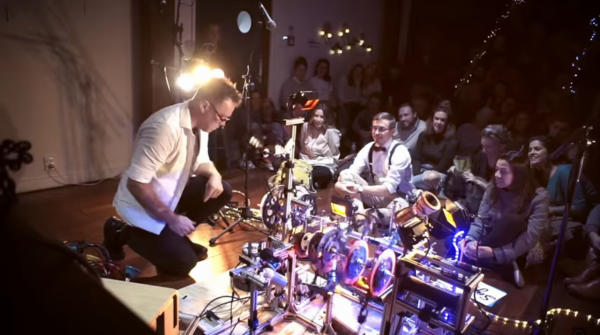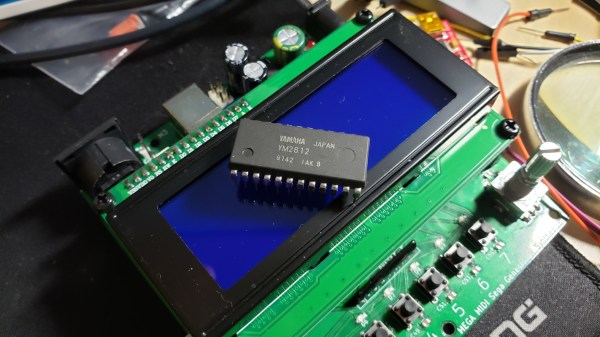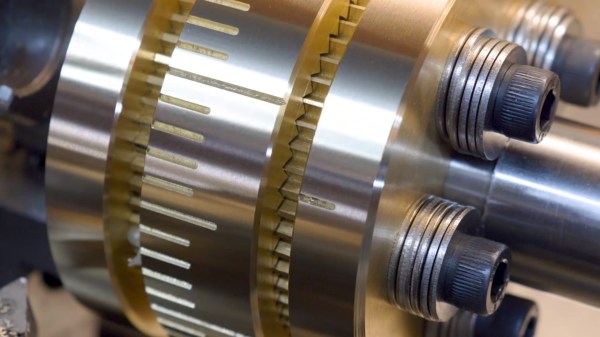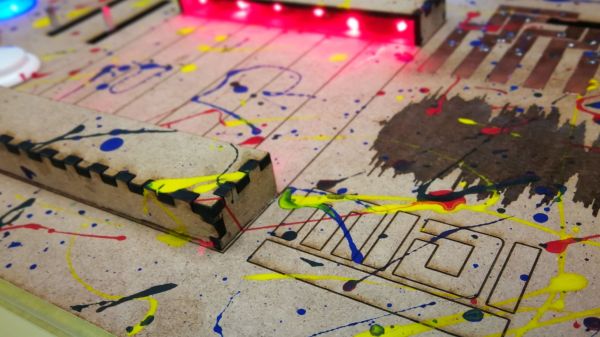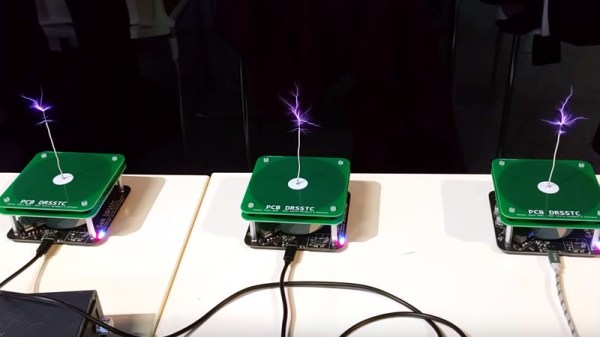The Sinclair ZX Spectrum was a popular computer in the 8-bit era, and particularly so in its homeland of the United Kingdom. It was known more for its low cost than its capabilities, but it gained many add-ons over the years. One of those was the Cheetah SpecDrum, which turned the Spectrum into a rudimentary drum machine. [PianoMatt] wasn’t happy with the original drum samples, so he set about loading a custom kit into the SpecDrum.
The SpecDrum software initially came with extra sample tapes, so [PianoMatt] knew it was an achievable task to load in custom samples. Starting by loading the software in an emulator, the RAM was then exported as raw data and loaded up in Audacity. After some experimentation, it was determined the samples were stored in 8-bit format at a sample rate of approximately 20 kHz. With this figured out, it was then possible to load replacement samples directly into RAM through the emulator.
However, this wasn’t enough for [PianoMatt]. Further digging enabled him to reverse engineer the format of the replacement sample tapes. Armed with this knowledge, [PianoMatt] then generated his own tape, complete with proper headers and labels for each drum sound.
It’s a tidy effort to bring a more modern sound to a now positively ancient piece of hardware. We’d love to hear a track with drums courtesy of the SpecDrum, so we’ll keep an ear out on Soundcloud. Mucking around with old sound hardware is a popular pastime in these parts – we’ve even seen people go so far as to build bespoke Sega chiptune players from scratch.


